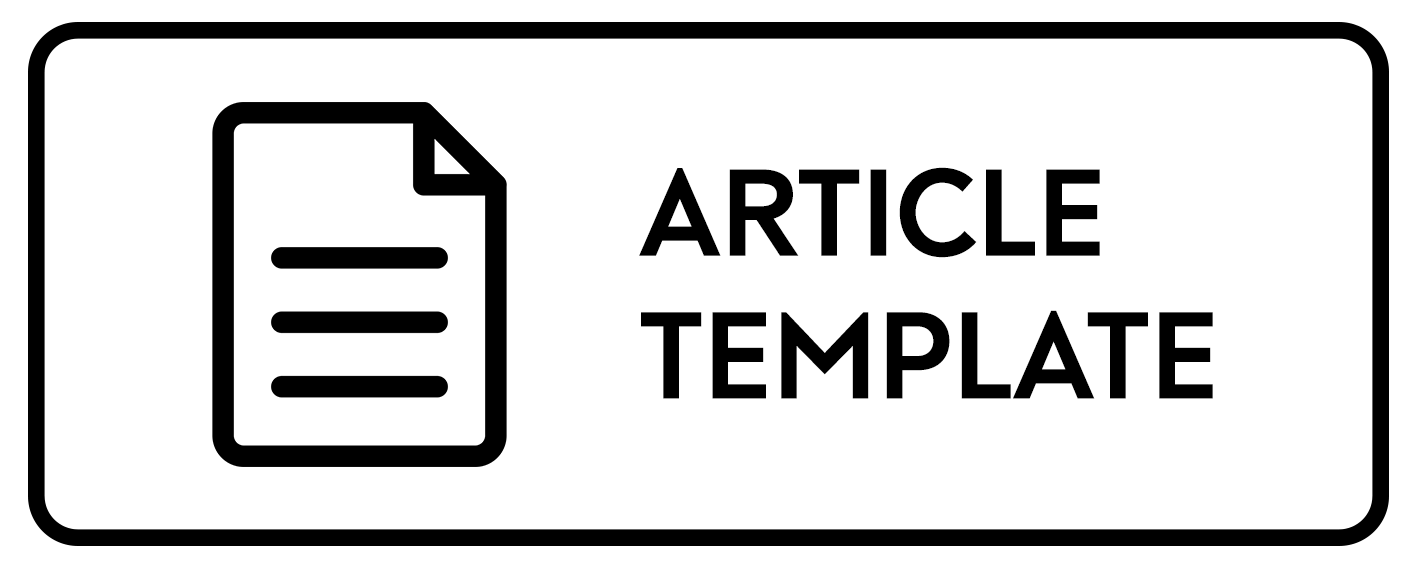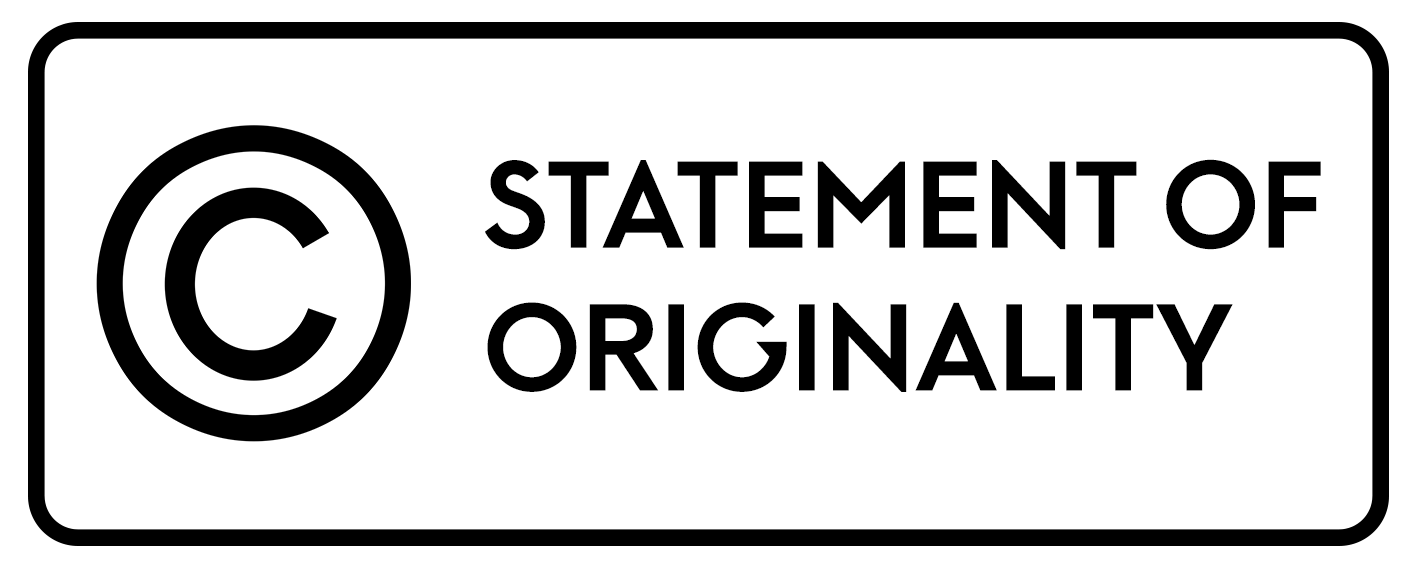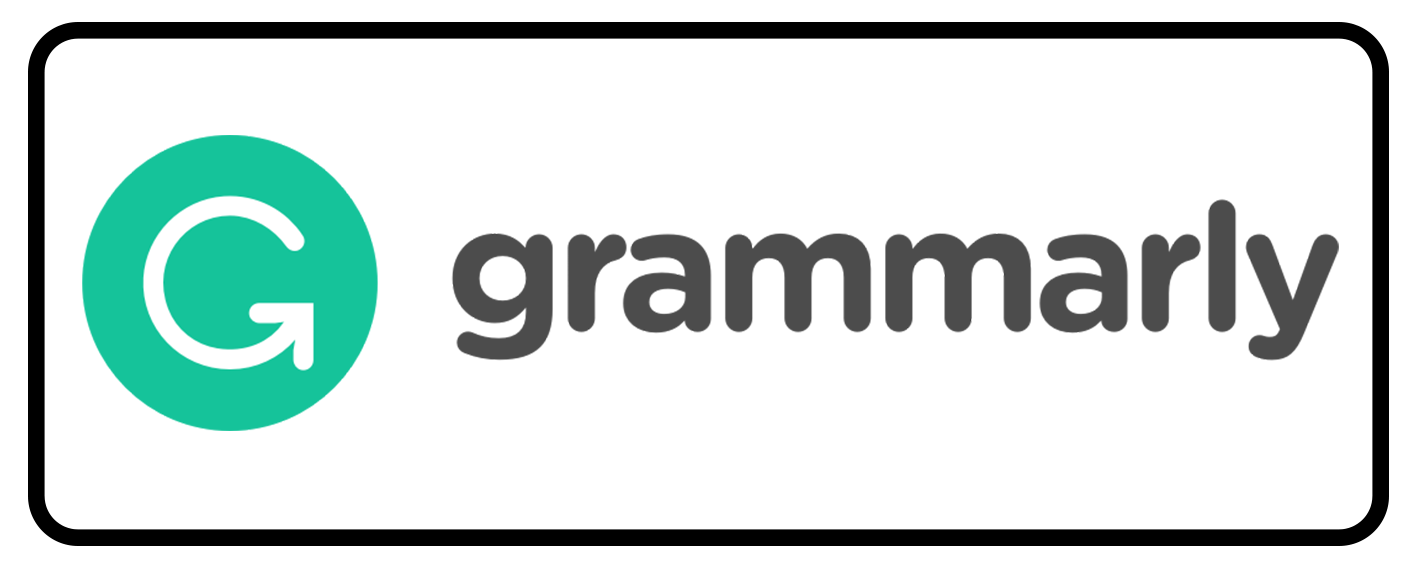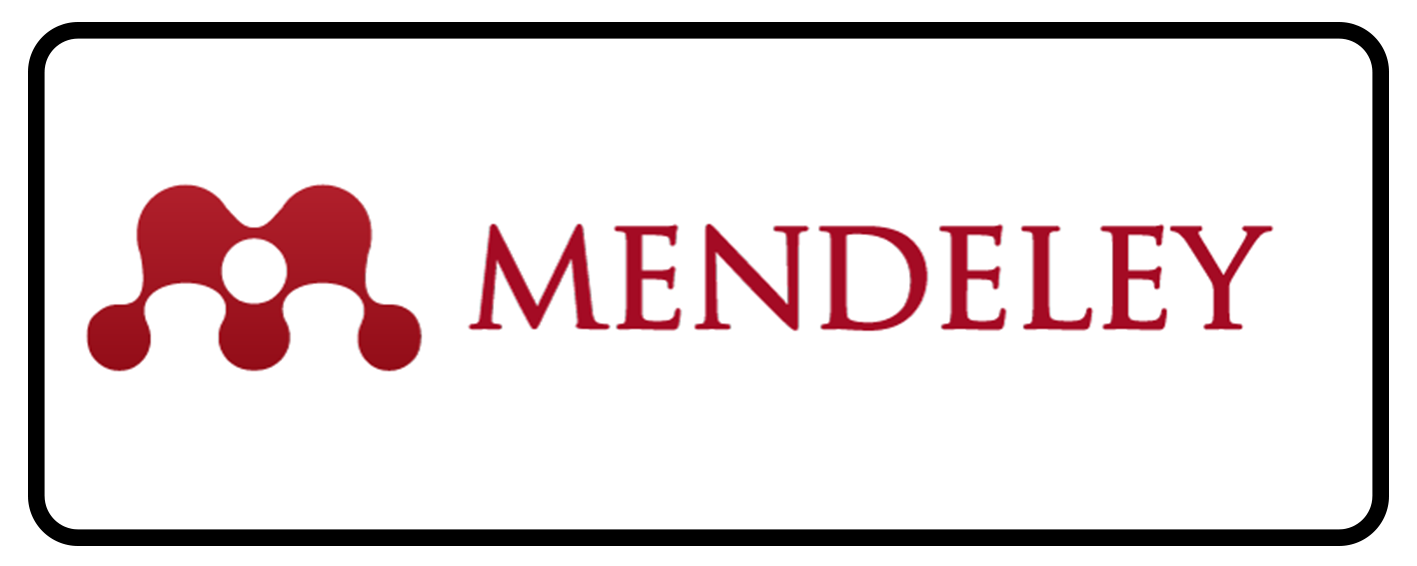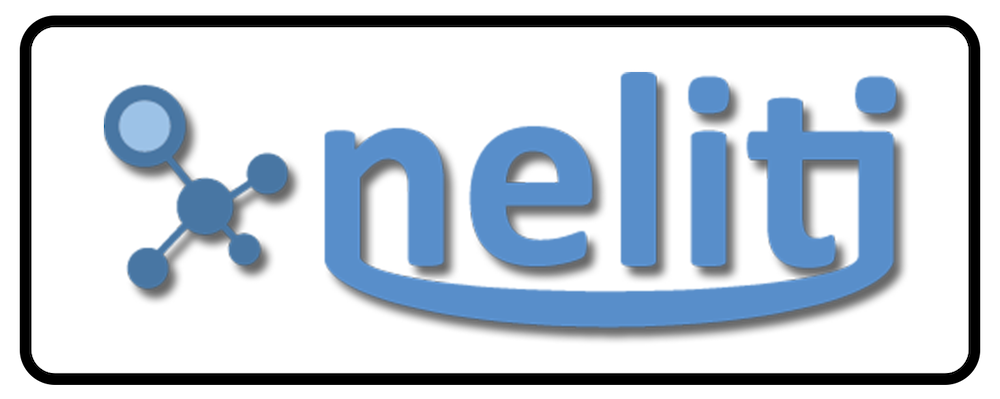ENCOURAGING CRITICAL LITERACY DEVELOPMENT THROUGH EXTENSIVE READING ACTIVITY IN AN EFL (ENGLISH AS A FOREIGN LANGUAGE) CONTEXT
Abstract
This study is an attempt to address the issue of how extensive reading (ER) as a supplementary reading approach is able to encourage students’ critical literacy. Further, how ER influences students’ perception of critical literacy related to students’ viewpoint of the texts is examined thoroughly. ER in this study was employed as a supplementary reading activity where students were engaged to read in a large number of materials on a wide range of topics and they had freedom to select the reading material based on its relevance to their interests, knowledge, and experience (Day & Bamford, 2002). Relating the characteristics of ER, it seemed to us that students’ understanding of the text through ER activity should be scrutinized as one important aspect in English language teaching (ELT). In order to get more comprehensive picture, questionnaires were distributed to 38 students in the class. Yet, only 3 (three) students were willing to return the questionnaire and to be interviewed based on their answers in the questionnaire. The findings revealed that ER is evidenced to motivate students to approach texts critically, challenge taken knowledge, relate the texts to world’s issues, improve their awareness of how to see and understand human beings, and question the intention of the texts from distinct viewpoints.
Keywords: extensive reading, critical literacy development, EFL
Full Text:
PDFReferences
Alford, J. 2001. Critical literacy and second language learning in the mainstream classroom: An elusive nexus. http://eprints.qut.edu.au/1015/1/ alford_book_BD39DD8.pdf
Behrman, H. 2006. “Teaching about power, language, and text: A review of classroom practices that support critical literacy.” Journal of Adolescent and Adult Literacy, 49, pp.490-498. http://dx.doi.org/10.1598/ JAAL.49.6.4
Comber, B. 2011. “Changing literacies, changing populations, changing places: English teachers’ work in an age of rampant standardisation. English Teaching: Practice and Critique, 10(4), pp.5-22.
Day, R.R. 2003. “What is Extensive Reading?” CAPE Alumni Internet Connection: English Teacher Talk, 21, pp.1-2. http://www.cape.edu/docs/TTalk0021.pdf
Day, R. R., & Bamford, J. 2002. “Top Ten Principles for Teaching Extensive Reading.” Reading in a Foreign Language, 14, pp.136-141.
Freire, P. 1972. Pedagogy of the oppressed. Translate by M. B. Ramos. Harmondsworth: Penguin Books.
_______. 1974. Education for critical consciousness. London: Continuum.
Janks, H. 2000. “Domination, access, diversity and design: A synthesis for critical literacy education.” Education Review, 52(2), pp.175-186.
Kuo, J. 2014. “Critical Literacy in the EFL Classroom: Evolving Multiple Perspectives Through Learning Tasks.” Journal of ASIA TEFL, Vol.11, No.4, pp.109-138.
Lankshear, C. and Knobel, M. 2008. “Introduction: digital literacies – concepts, policies and practices.” In Lankshear, C. and Knobel, M. Digital literacies: concepts, policies and practices. New York: Peter Lang. pp.1-16.
Luke, A. 2000. “Critical literacy in Australia: A matter of context and standpoint.” Journal of Adolescent & Adult Literacy. 43(5), pp.448-461.
Maley, A. 2010. “Extensive Reading: Why it is good for our students and us.” Online article. https://www.teachingenglish.org.uk/article/extensive-reading-why-it-good-our-students%E2%80%A6-us
McDaniel, C. A. 2006. Critical literacy: A way of thinking, a way of life. New York: Peter Lang.
McLaughlin, M., & de Voogd, G. 2004. “Critical literacy as comprehension: Expanding reader response.” Journal of Adolescent & Adult Literacy, 48, pp. 52-62.
Miles, M. B. & Huberman, A. M. 1994. Qualitative Data Analysis (2nd edition). Thousand Oaks: Sage Publications.
Rice, J. 1998. “Portable critical literacy strategies.” In Burns, A. & Hood, S. (Eds.). Teachers’ voices 3: Teaching critical literacy. Sydney: National Centre for English Language Teaching and Research, Macquarie University. pp. 55-60.
Stevens, L. P., & Bean, T. W. 2007. Critical literacy: Context, research, and practice in the K-12 classroom. Thousand Oaks: Sage Publications.
DOI: http://dx.doi.org/10.30872/calls.v3i2.869
Copyright (c) 2017 Chris Asanti, Syamdianita Syamdianita

This work is licensed under a Creative Commons Attribution-ShareAlike 4.0 International License.
Editorial address:
Fakultas Ilmu Budaya, Universitas Mulawarman
Address: Jl. Ki Hajar Dewantara, Gunung Kelua, Kec. Samarinda Ulu, Kota Samarinda, Kalimantan Timur, Indonesia 75123
Email: jurnalcalls@fib.unmul.ac.id
Website: http://e-journals.unmul.ac.id/index.php/CALLS

CaLLs: Journal of Culture, Arts, Literature, and Linguistics site is licensed under a Creative Commons Attribution-ShareAlike 4.0 International License
CaLLs: Journal of Culture, Arts, Literature, and Linguistics indexing by:


